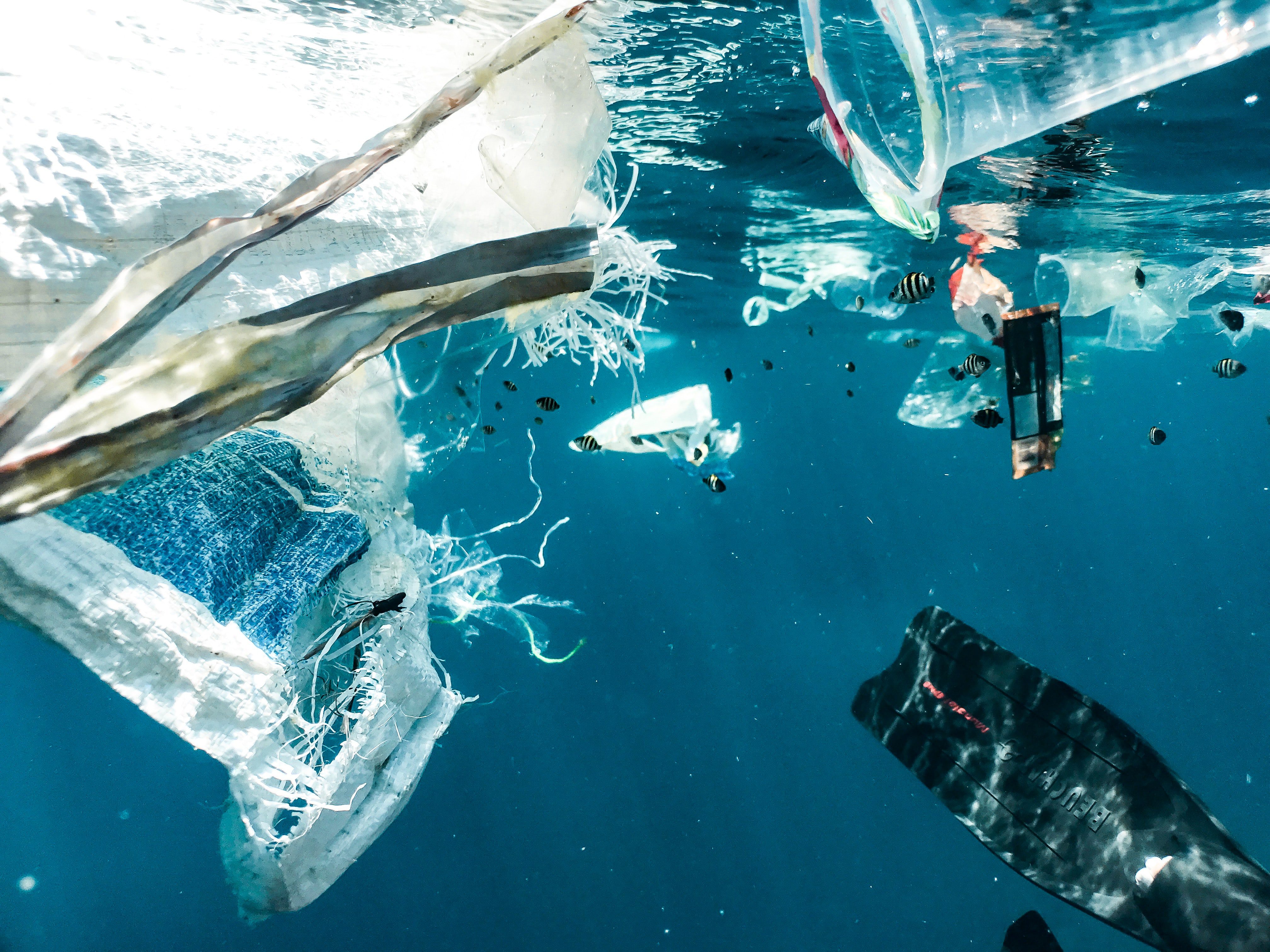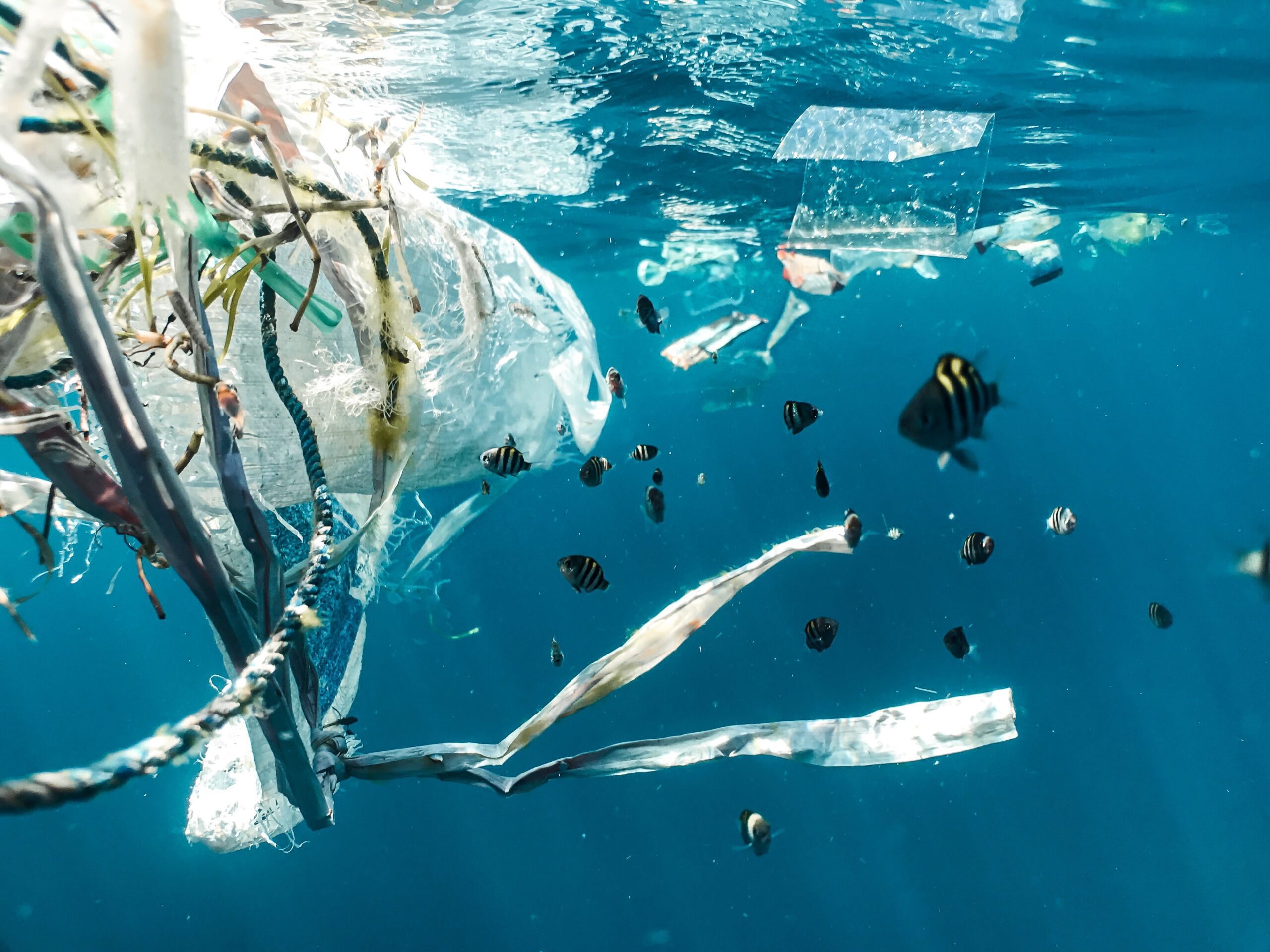It’s easy to acknowledge the large-scale waste problem occurring in our bodies of water because of places like the Great Pacific Garbage Patch, whose 1.6 square kilometers is twice the area of Texas. However, it is much more challenging to acknowledge and solve the problem of microplastics.
Microplastics are pieces of plastic measuring 5 millimeters in length or less. Because they don’t safely biodegrade, the debris continues to break down into smaller and smaller particles, begetting more waste. This microscopic matter has become a significant problem, affecting marine life, drinking water, and humans. A study in 2019 showed that the average person swallows 2,000 tiny pieces of plastic every week.
However, in June 2022, a group of scientists in China published a proof of concept report in the scientific journal “Nano Letters” of an aquatic robot that can absorb these particles. It was designed to resemble a fish and navigate cracks and crevices where microplastics fall.

While other researchers have tried to develop robots for similar purposes, the materials used were silicon-based or hydrogels too soft for rugged purposes. Fieldwork resulted in frequent damage.
The scientists developed an elastomer actuator to solve this problem. It’s inspired by nacre or mother-of-pearl found inside clam shells. It’s durable yet flexible and can withstand the wear and tear of the ocean. A perk of this material is that it naturally “absorbs” microplastic materials.
Because the device moves by running an electric current through it, the dyes, antibiotics, and heavy metals in microplastics cling to the robot’s surface. It’s also fast, strong, and durable, despite measuring only 13 millimeters or roughly half an inch.
The robotic fish can swim at 2.76 body lengths per second, which is considerably faster than most soft-body swimmers, and can carry up to 5 kilograms (or 11 pounds) of debris. The body can heal itself to 89% of its ability while absorbing microplastics effectively.

The device will eventually be used to collect debris so that they can “further analyze the composition and physiological toxicity of the microplastics,” says Yuyan Wang, the lead author of the study and researcher from the Polymer Research Institute at Sichuan University.
“It is of great significance to develop a robot to accurately collect and sample detrimental microplastic pollutants from the aquatic environment,” he continues. “To the best of our knowledge, this is the first example of such soft robots.”
While promising, the report was just a proof of concept. Wang notes that considerably more research will be required to find real-world usage. Currently, the uses of this technology are still theoretical, and the prototype only works on the water’s surface.
However, Wang and his team will soon start working on a more functionally complex use of the technology. The team is looking for the device to make voyages deeper under the surface.
The Chinese team isn’t the only group tackling plastic waste using robotics. In October 2022, a 3D robotic fish design by University of Surrey student Eleanor Mackintosh won the Natural Robotics Contest at the school.
“The robo-fish will join other pollution-fighting robots under development at the University of Surrey, helping to make the world more sustainable,” said Dr. Robert Siddall, lecturer at the University of Surrey and the contest’s creator.





